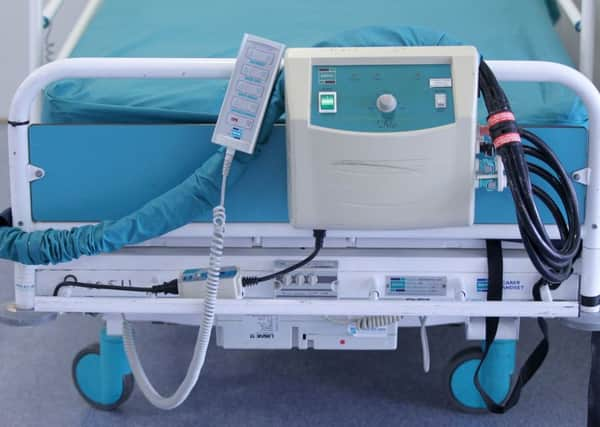YP Letters: Winter crisis in NHS is spreading to every season of year


LAST month, emergency admissions hit a record high while the number of patients waiting more than four hours to be seen was almost 10 per cent higher than last year.
These statistics represent what happened in hospitals during a relatively mild autumn before the added pressure associated with much colder weather hits.
Advertisement
Hide AdAdvertisement
Hide AdThis is further evidence of what the BMA has been saying for some time – we are no longer experiencing just a winter crisis in the NHS, it is now a truly year-round crisis. Analysis we released this month showed A&Es performed as badly this summer as four of eight recent winters.
Hospitals and healthcare providers cannot afford to assume that measures to reduce admissions will be enough to beat this year’s winter pressures when the figures show that demand for services is increasing at a rate far higher than many had anticipated.
While the Government is due to announce its £20bn spending plan for the NHS in the coming weeks, it is unlikely to meet the immediate needs of patients this winter, and if not invested appropriately will fail to address the worrying scenes unfolding in our hospital corridors and GP practices throughout the year.
From: Niall Dickson, chief executive, NHS Confederation.
BEHIND these numbers are real patients, many in pain and distress. They should make us all reflect. Patients rightly expect shorter waiting lists but the NHS cannot keep pace with the demands on it.
Advertisement
Hide AdAdvertisement
Hide AdThe truth is we face some tough choices and this is a service that cannot do everything. Our biggest threat at the moment is raised expectations. And the biggest challenge is to develop new types of care which will help support patients in their own homes and in the community, and so relieve overstretched hospitals and, more importantly, reduce suffering.
It seems likely we are about to face yet another difficult winter and the reality is come winter, spring, summer, or autumn, the NHS has not been able to meet key performance targets since 2015.
We welcome the Secretary of State’s commitment to investing in primary and community care, but the immediate funding for social care on which so much depends remains grossly inadequate. And we need to start this debate with some realism about what the NHS can and cannot do.